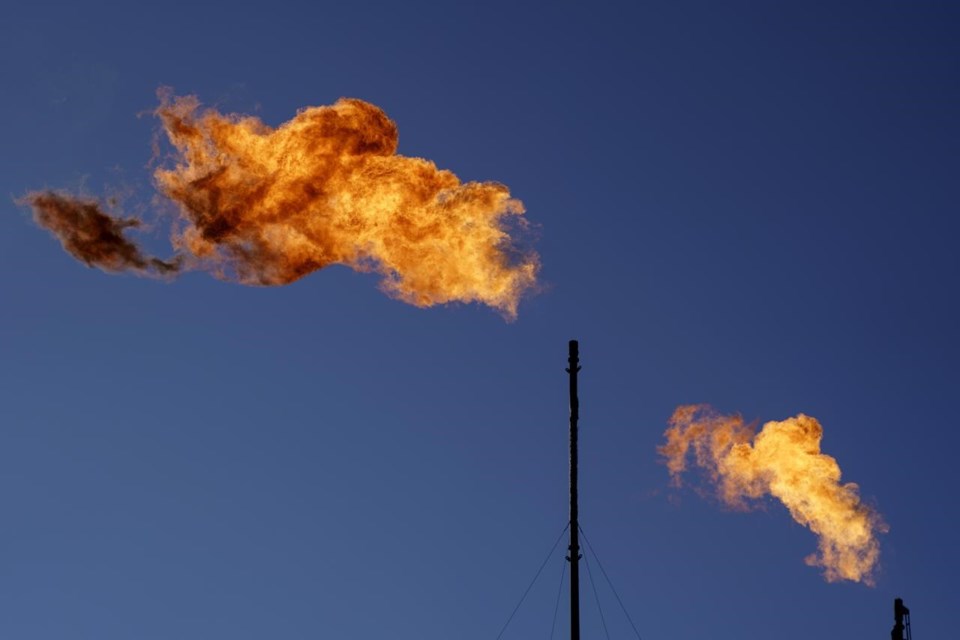New research using advanced technology suggests heavy oil facilities in Saskatchewan are releasing almost four times the amount of a powerful greenhouse gas than they report to government.
The research, published in the journal Environmental Science and Technology, pioneers new methods of measuring methane emissions that question current industry practice, said author Matthew Johnson, an engineering professor at Carleton University in Ottawa.
"A lot of these (reports) are done on ... estimates," said Johnson. "Clearly, they're not very accurate."
Methane is a gas emitted as a byproduct of oil production that is often rated as 25 times more potent a greenhouse gas than carbon dioxide. Industry and government are trying to cut those emissions by three-quarters, but measuring how large they are has been difficult.
"These are hard measurements," said Johnson.
Industry generally relies on an estimate of how much methane comes to the surface for each barrel of oil, then multiplies that measurement by how much oil is produced. In recent years, several studies using direct measurement from overflying aircraft have thrown doubt on that method.
Johnson said the amount of methane associated with oil is highly variable, which makes calculations based on that ratio unreliable.
Johnson and his colleagues used the latest airborne technology as well as ground-based sensors to measure methane emissions from 962 heavy oil facilities in Saskatchewan that use the so-called CHOPS technology, which uses sand to help force oil to the surface.
They found those sites released 3.9 times as much methane than was reported to government inventories. That's more than 10,000 kilograms per hour, as compared to the nearly 2,700 kilograms per hour industry reports.
"That methane, on its own, would be a significant contribution to the entire inventory of Saskatchewan," said Johnson.
Getting an accurate handle on how much methane industry releases to the atmosphere is important for a couple reasons, Johnson said.
First, industry and the federal government have agreed to cut those emissions by 75 per cent by 2030. Regulations to achieve that goal are expected this year and measuring an accurate starting point will be crucial.
Second, Johnson said getting a reliable, well-by-well analysis of emissions will be important for industry in the future.
Methane emissions do not face the same taxes as carbon dioxide releases, but that's changing. The United States is discussing putting a price on released methane under its Inflation Reduction Act.
Good information will be key to knowing which wells will remain profitable as such price regimes spread, said Johnson.
"If you imagine a price on methane ... a lot of these wells would be uneconomic."
However, Johnson's calculations suggest the cost of reducing that methane is low enough that the payback period for not having to pay a methane price could be just two years. And if the value of the oil produced is included, the payback period drops to nine months for many wells.
Even burning the methane off would help, Johnson said.
"Just installing basic combustion mitigation technology is not going to be a deal-breaker for the well, and you can get quite significant methane reductions."
This report by The Canadian Press was first published Feb. 21, 2023.
Bob Weber, The Canadian Press
Note to readers: This is a corrected story. A previous version said Alberta was included in the research.



